Hi everyone! Today I’d like to share what I learned from a YouTube video that explored the historical roots of Korea’s division — a topic far deeper than what we usually hear about the Korean War.
What surprised me most was that the seeds of division were planted long before 1950. The video traced how foreign powers, wars, and global politics shaped the fate of the Korean Peninsula. Understanding this background gave me a completely new perspective on the modern relationship between North and South Korea.

From Isolation to Foreign Intervention

For centuries, Joseon was an independent and unified kingdom. But in the mid-1800s, world powers began turning their eyes toward the Korean Peninsula. Japan pushed for diplomatic relations, but under the rule of Heungseon Daewongun, all attempts were rejected.
After Daewongun lost power in 1873, Japan used military pressure to force Korea into signing the Treaty of Ganghwa (1876), opening its ports to Japanese trade. As Japan’s influence grew, China also stationed troops in Korea to protect its own interests.
By the late 1800s, Korea had signed trade treaties with the United States, Britain, Russia, Germany, and France, marking the beginning of a new but unstable international era.
Rival Empires: The Sino-Japanese and Russo-Japanese Wars
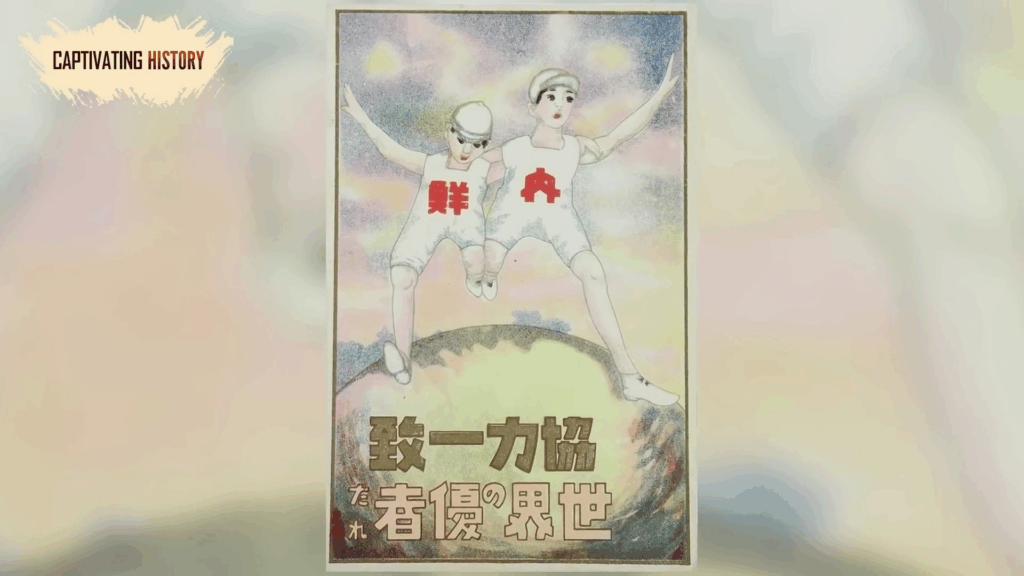
Internal reform movements clashed with conservative forces, making modernization difficult. In 1894, the First Sino-Japanese War broke out over control of Korea, and Japan’s victory in the Treaty of Shimonoseki (1895) secured its dominance.
But when Russia, France, and Germany pressured Japan to withdraw from China’s Liaodong Peninsula, tensions grew again. Japan responded by assassinating Queen Min, who opposed Japanese influence.
Later, the Russo-Japanese War (1904–1905) cemented Japan’s position. The Treaty of Portsmouth, mediated by the U.S., officially recognized Japan’s control over Korea — setting the stage for colonization.
🇯🇵 Annexation and Colonial Rule
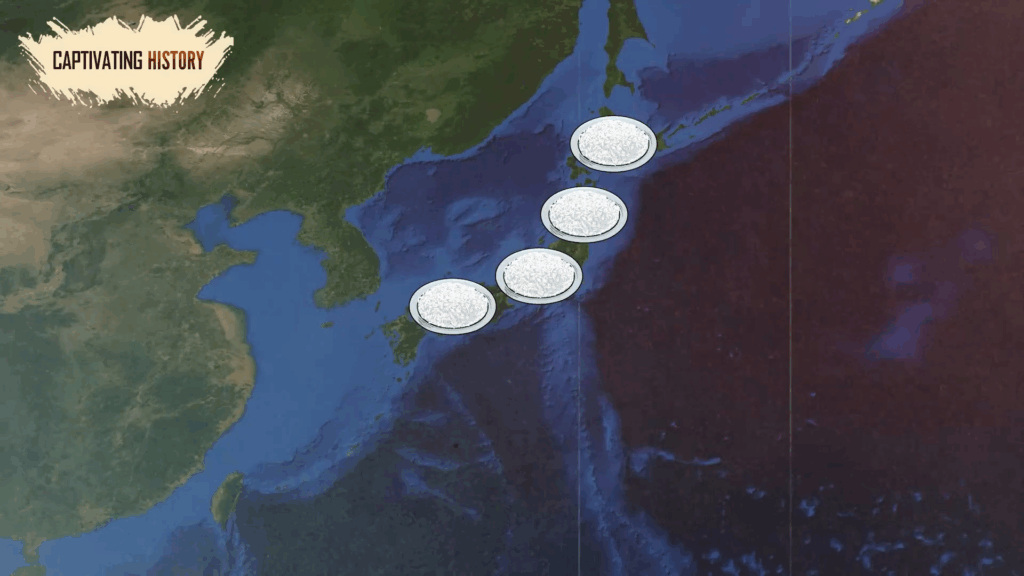
After the Treaty of Portsmouth, Japan tightened its grip. Emperor Gojong secretly sent envoys to the Hague Peace Conference (1907) to protest Japanese aggression, but his plea was ignored. Japan forced him to abdicate, disbanded the Korean army, and officially annexed Korea in 1910.
Japan abolished Korean schools, imposed Japanese language education, confiscated land, and suppressed free speech. Millions of Koreans were displaced or forced into labor abroad. Korea’s independence and identity were stripped away for 35 years.
The Independence Movements and the March 1st Uprising
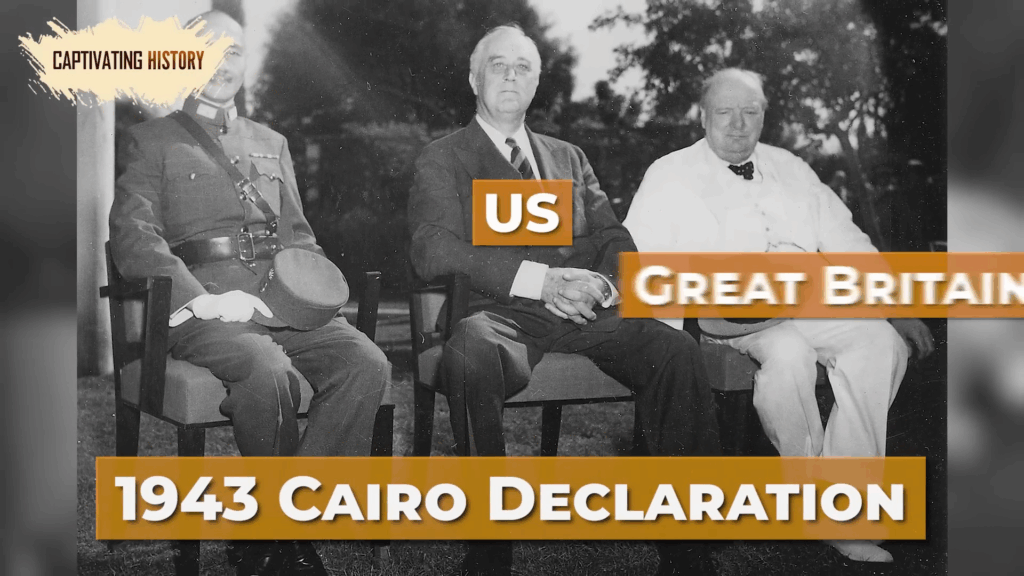
When Emperor Gojong died in 1919, his death ignited a wave of national grief. On March 1st, 1919, Koreans declared independence in peaceful demonstrations across the country. Japan responded with brutal violence — thousands were arrested, injured, or killed.
In April 1919, exiled leaders in Shanghai formed the Provisional Government of Korea, electing Syngman Rhee as president. This movement laid the foundation for Korea’s later independence struggle and inspired generations to come.
Liberation, Division, and the Cold War
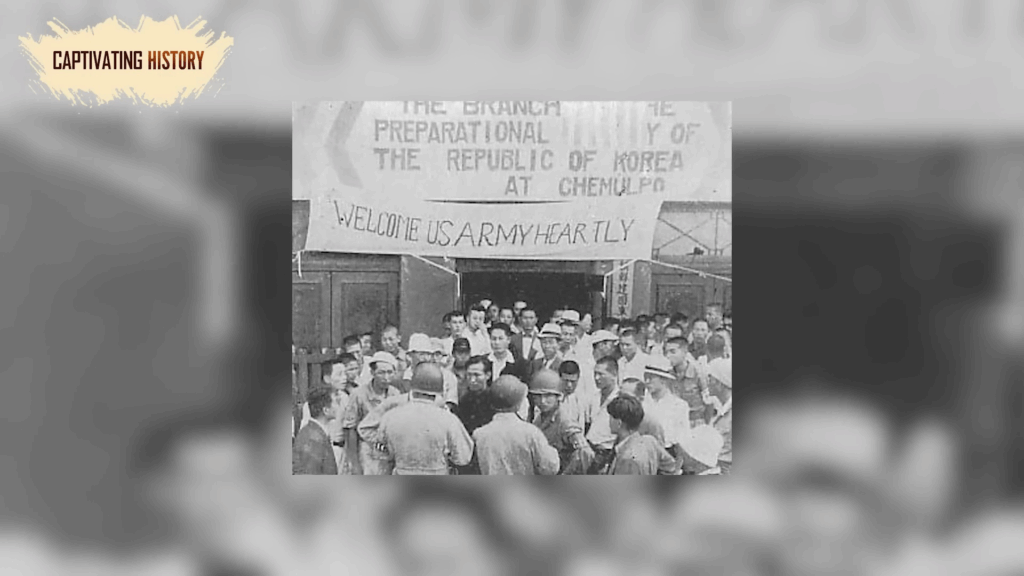
When Japan surrendered in 1945, Korea was finally liberated — but freedom came with division. The U.S. and Soviet Union split the peninsula at the 38th parallel, promising temporary trusteeship.
The South became occupied by the U.S., while the North fell under Soviet control. By 1948, two separate governments were established: the Republic of Korea (South) and the Democratic People’s Republic of Korea (North).
The ideological divide hardened into permanent separation, setting the stage for the Korean War (1950–1953) and decades of tension that continue today.
Reflections: Understanding Division to Seek Peace
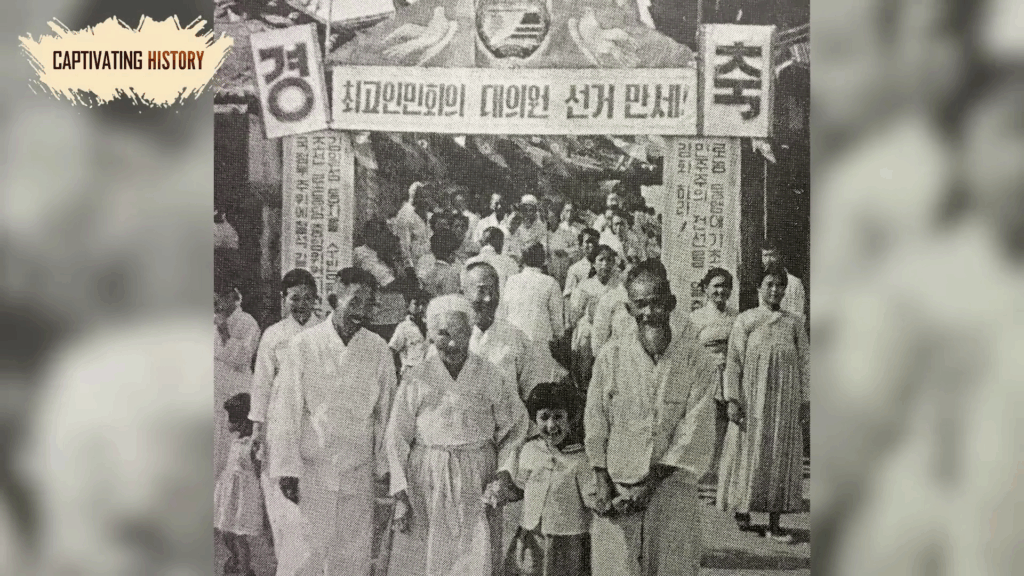
Korea’s division wasn’t just a result of war — it was shaped by colonialism, global politics, and superpower rivalry. Even today, the scars of that history influence the peninsula’s future.
Learning this history reminded me that peace requires understanding. To heal division, we must first acknowledge its roots. Only then can the dream of reunification become real.
